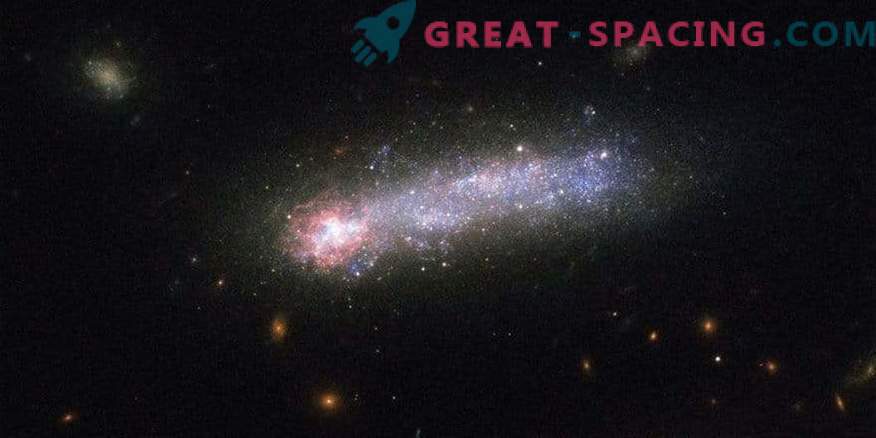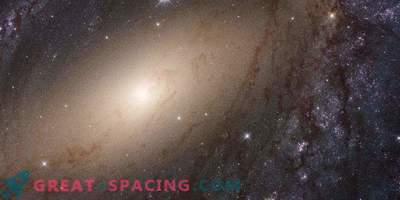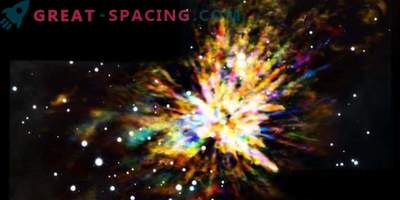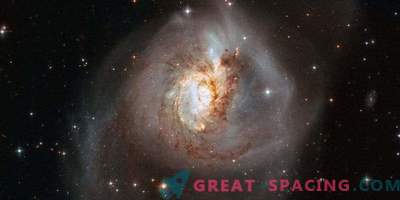
The Hubble Telescope was able to detect a stellar birth, illuminating one end of the dwarf galaxy Kiso 5639.
The shape of Kiso 5639 resembles an elongated pancake, because the galaxy is tilted to the edge. On some skadrah it looks like a rocket with a glowing star tail. Often it is called the tadpole galaxy.
The head appears bright pink due to the burning of hydrogen, illuminated by a burst of new stars. The mass of young objects reproduces approximately one million sunshine. Stars are grouped into large clusters that appeared less than a million years ago.
In general, stars are represented by hydrogen and helium, but they create heavier elements, such as oxygen and carbon. After death, the stars release heavy elements and enrich the surrounding gas. In Kiso 5639, the bright head gas has fewer heavy elements than the rest of the galaxy. Scientists believe that the last event of star birth was activated when the galaxy filled the original gas from its environment.
Cavities in the gas created by numerous supernova explosions. An elongated tail holds at least 4 areas of star formation. Narrow filaments filled with gas and stars are drawn from the main body.
The galaxy is 82 million light-years distant from us, and the head extends for 2700 light-years. The object was observed in 2015 using the Hubble telescope wide-angle camera 3.











































